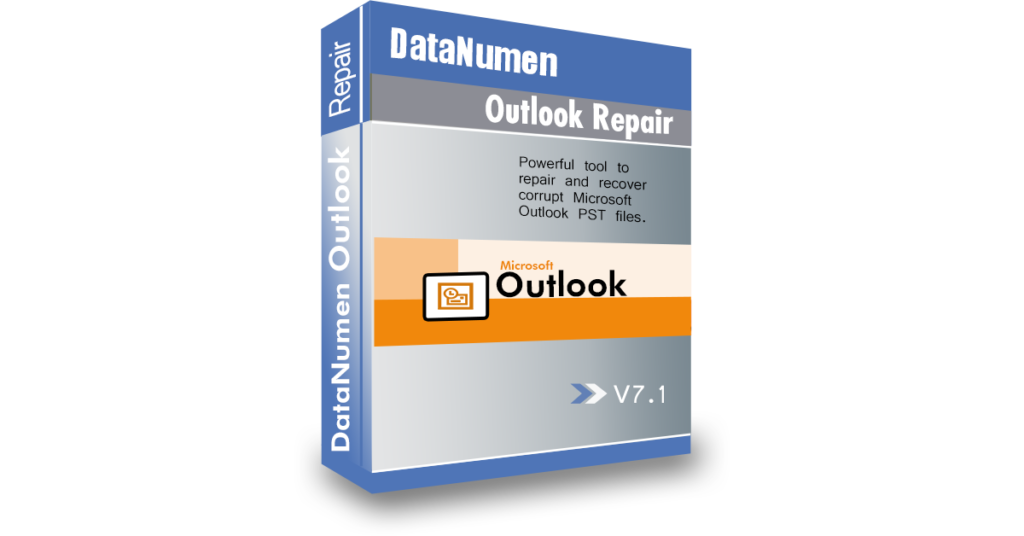Computer forensics is a growing field of law enforcement where evidence is gathered from a suspects computer to help build a case against them. Digital forensics tries to recover data from hard drives that people might have tried to conceal.

With cyber-crime rising, law enforcement agencies find themselves needing to look into the computer records of suspected criminals.
Computer forensic techniques are used to gather and protect evidence from a computer that can be presented in a court of law.
Computer forensic experts and the evidence they can gather are instrumental in settling crimes such as espionage, hacking, or bank fraud. Accessing data from computers as well as mobile devices can sometimes prove collusion and premeditation as it can show that the conspirators were in communication and might even show them planning together.
While computer forensic techniques are key to solving cyber-crimes, it can also be used to find evidence in crimes that are not necessarily computer related.
For example, some of the evidence that helped convict the BTK Killer was taken from floppy drives found in his home. Investigators were able to find the taunting letters he had sent to the police on these drives and they were presented in court and let to his conviction.
How is Computer Forensics Used to Gather Evidence?
The usual procedure to gathering evidence from the computer of someone who is suspected of a crime is to first, take the computer and physically isolate it.
After the investigators have the computer, they will make a digital copy of everything that is in the drive. They will then analyze the copy they made to find evidence of any wrong doing.
In order to analyze the data found on the hard drive, they use a variety of techniques and employ data recovery software to find any hidden or recently deleted files and folders.
Anything that the investigators turn up that could be used as evidence in court are documented and presented in a finding report.
The type of evidence that can be recovered through computer forensics include documents, videos, photos, messages, audio, and even the Internet search history of a suspect. They can even find and search deleted e-mails with a program like DataNumen Outlook Repair and DataNumen Exchange Recovery.

How is Data Recovery Used in Computer Forensics?
Digital forensics is a branch of computer forensics that focus on recovering material from digital devices such as computers and mobile devices. Digital forensic investigators use advanced data recovery software to recover data that suspects tried to hide.
While criminals might initially store incriminating data on their computers or mobile devices, they might delete or hide this data when they suspect that they are being monitored by law enforcement agencies. They might also try to hide the data by getting rid of their hard drives or physically damaging them in the hope that the data inside will not be accessible. This is when digital forensics steps in.
One of the basic techniques employed by computer forensic investigators is to scan and identify and deleted files and folders on a seized computer. They will then try to restore the data in these deleted files and often find valuable data that can help build the case against the suspects.